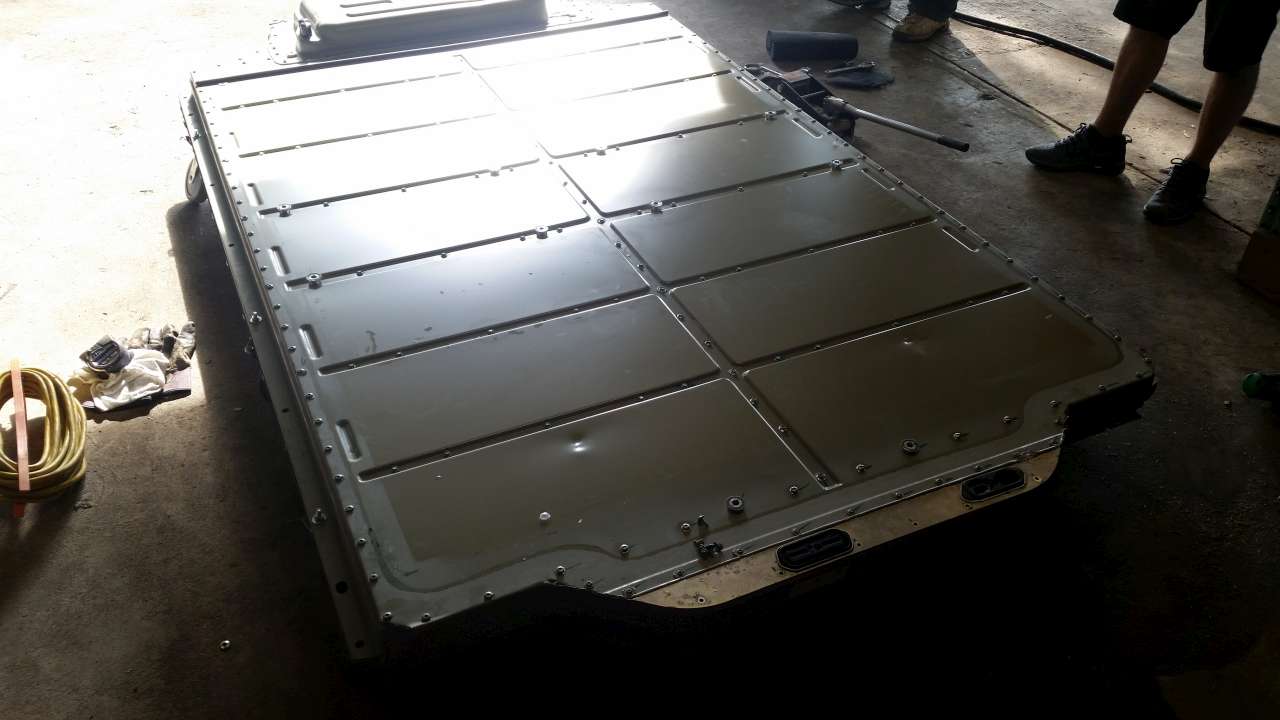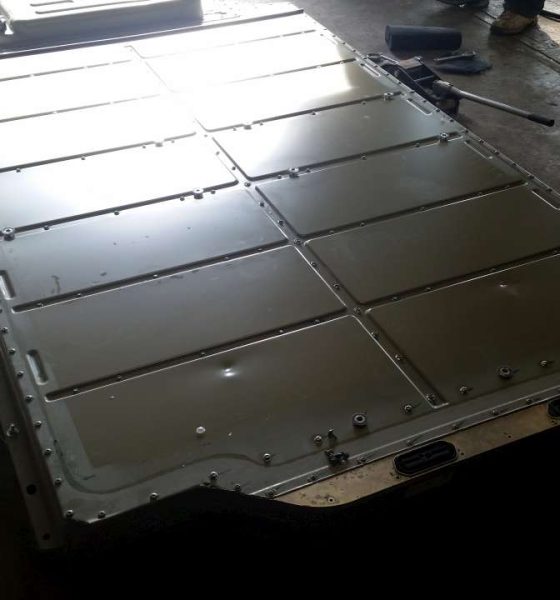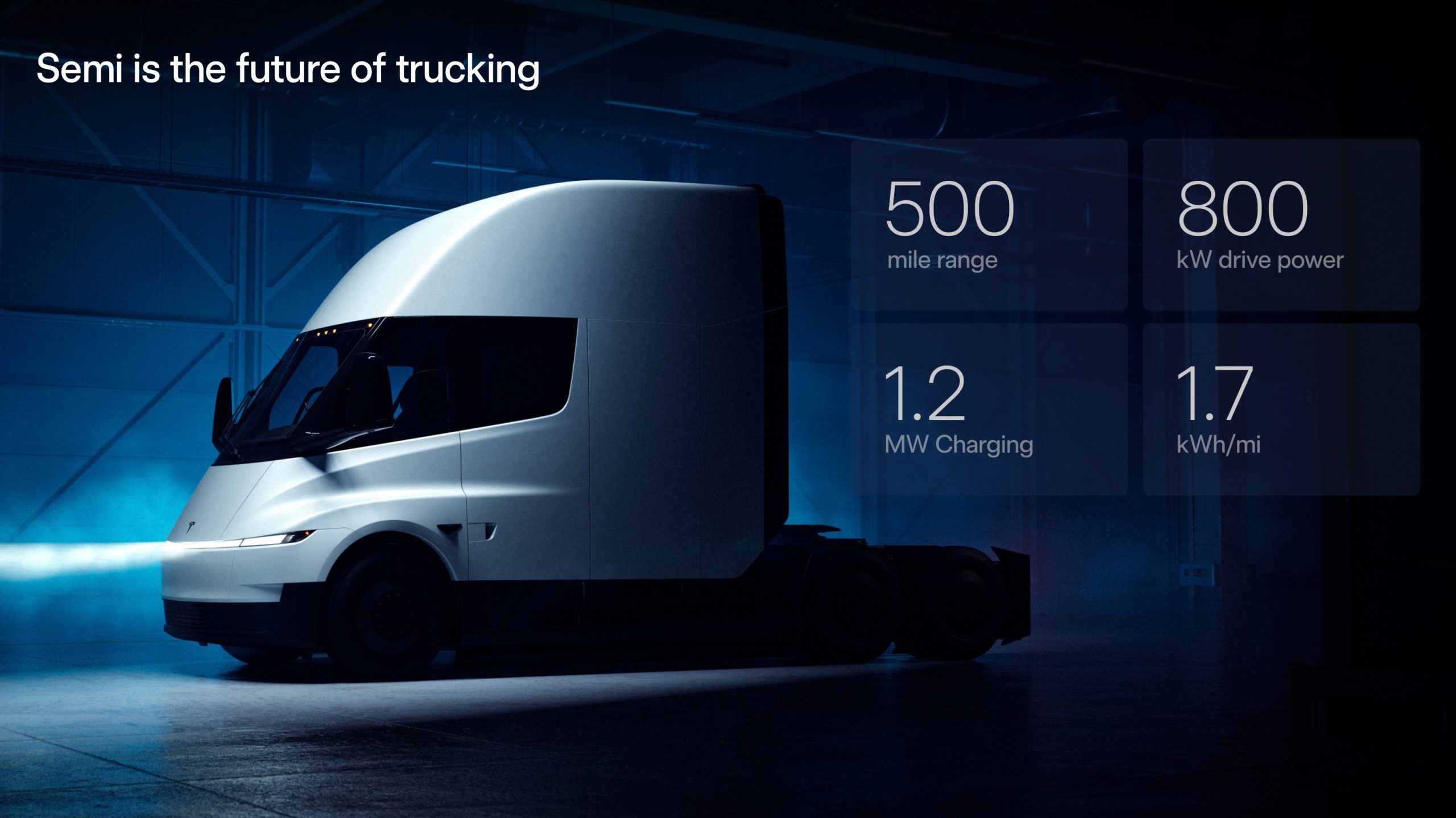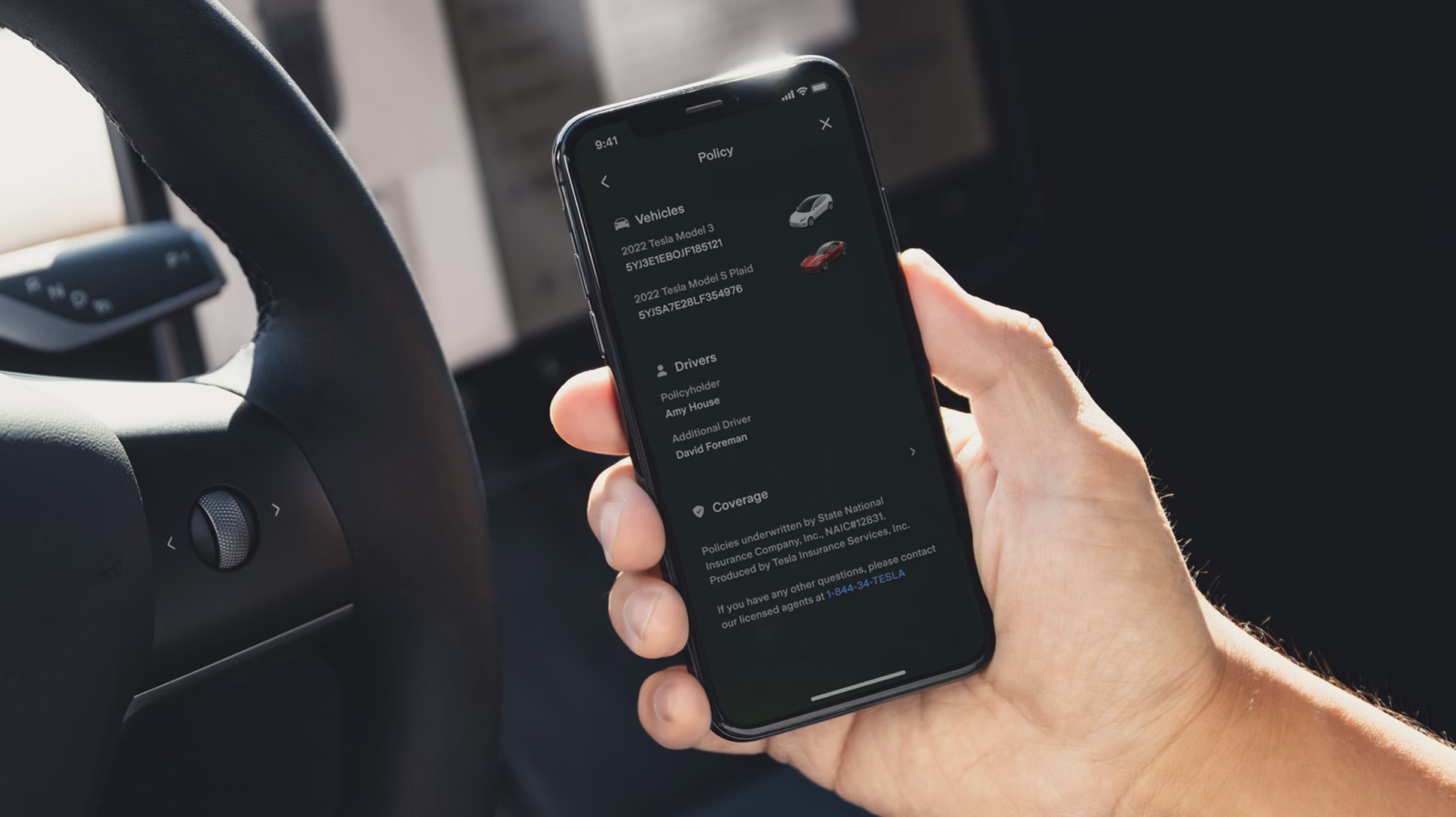

News
Tesla battery researchers open path to all-electric range extender concept
Tesla has solidified itself as an industry leader when it comes to electric vehicles and their range. However, an EV’s range could always be improved, and the company has taken great efforts to make this possible. One of these was outlined by Tesla’s battery researchers, who recently published the results of a test that cycles lithium metal on graphite to form hybrid lithium-ion/lithium metal cells. This particular innovation could open the door to an all-electric range extender.
Other automakers have used range extenders in the past, but they’ve been comprised of small petrol-powered engines that are used as a generator to recharge the vehicle’s battery pack when it is low on range. The process of cycling lithium metal on graphite, on the other hand, could lead to a 20% higher energy density than the traditional lithium-ion cells that power the Tesla’s vehicles.
Tesla’s battery research team, led by Jeff Dahn of Dalhousie University, has found a way to create a range extender of sorts without having to keep a small gas engine in the vehicle. Tesla detailed its findings in a research paper that was published to ScienceDirect on April 30. Titled “Cycling Lithium Metal on Graphite to Form Hybrid Lithium-Ion/Lithium Metal Cells,” Dahn and his researchers outlined the testing process.
The findings proved a possible 20% increase in range when using the range extender, which is comprised of “hybrid cells” that use Lithium-Ion and Lithium Metal. The cells also used an optimized electrolyte, and pressure enabled reversible plating on graphite.
The paper states:
“A hybrid anode cell design is proposed involving lithium metal plating on top of graphite that provides a 20% increase in energy density over conventional lithium-ion cells. Pouch cells with hybrid graphite-lithium metal anodes cycled with conventional electrolytes fell below 80% capacity in under 15 cycles. However, with a dual-salt electrolyte and applied mechanical pressure optimized for lithium metal cycling, hybrid cells achieved over 150 full (100% utilization) cycles before falling below 80% capacity with a CE of 99.6% for lithium metal plating on graphite.
“We also found that intermittent high energy (100% utilization) cycles utilizing lithium metal can be dispersed among hundreds of conventional lithium-ion cycles where only the graphite is utilized. Operating the cell with this intermittent protocol shows minimal impact to the underlying graphite capacity. Therefore, these hybrid cells can operate well in “lithium-ion mode” with periodic high energy full cycles accessing the lithium metal capacity.”
Tesla’s new findings show that increased energy density is made possible with the hybrid concept. When combining lithium-ion cells with lithium metal, energy density improves as the graphite anode utilized in traditional lithium-ion cells is not capable of handling the increased energy. The utilization of a dual-salt electrolyte also increases density and decreases battery cell degradation.
Tesla’s battery researchers described the advantages of the hybrid lithium-ion/lithium metal cells in the discussion below.
“If an electric vehicle with a conventional lithium-ion battery can deliver a range of 400 km, then hybrid cells could enable a range of 480 km. By capping the upper cut-off voltage of hybrid cells to operate in lithium-ion mode, the average cell voltage and delivered capacity will decrease. As a result, operating a hybrid cell in lithium-ion mode delivers an energy density of 530Wh/L, about 25% less than a conventional lithium-ion cell.
“This would result in a range of 300 km. In a study of driving behavior for EVs, Smart et al.34 showed that only 1% of daily trips are longer than 325 km on average. Therefore, operating hybrid cells most of the time in lithium-ion mode enabling a range of 300 km, while periodically using the lithium metal portion for long > 400 km trips, as mimicked by this testing protocol, should be viable for most drivers.”
It should be noted that the Tesla battery researchers’ study is only in their initial stages. Thus, it may take some time before the technology gets rolled out to Tesla’s fleet. The wait would likely be worth it though, as the hybrid cells could open the door to all-electric vehicles with range extender features. This would be incredibly useful for electric vehicle owners who take long road trips with family, and it could also be a notable step towards EVs gaining range parity with their petrol-powered counterparts.

News
Tesla Semi program Director teases major improvements

Tesla Semi Program Director Dan Priestly teased the major improvements to the all-electric Class 8 truck on Thursday night, following the company’s decision to overhaul the design earlier this year.
Priestley said he drove the Semi on Thursday, and the improvements appear to be welcomed by one of the minds behind the project. “Our customers are going to love it,” he concluded.
Just drove the redesigned Semi. Our customers are going to love it. https://t.co/KZ88sf1CDL
— Dan Priestley (@danWpriestley) December 19, 2025
The small detail does not seem like much, but it is coming from someone who has been involved in the development of the truck from A to Z. Priestley has been involved in the Semi program since November 2015 and has slowly worked his way through the ranks, and currently stands as the Director of the program.
Tesla Semi undergoes major redesign as dedicated factory preps for deliveries
Tesla made some major changes to the Semi design as it announced at the 2025 Annual Shareholder Meeting that it changed the look and design to welcome improvements in efficiency.
Initially, Tesla adopted the blade-like light bar for the Semi, similar to the one that is present on the Model Y Premium and the Cybertruck.
Additionally, there are some slight aesthetic changes to help with efficiency, including a redesigned bumper with improved aero channels, a smaller wraparound windshield, and a smoother roofline for better aero performance.
All of these changes came as the company’s Semi Factory, which is located on Gigafactory Nevada’s property, was finishing up construction in preparation for initial production phases, as Tesla is planning to ramp up manufacturing next year. CEO Elon Musk has said the Semi has attracted “ridiculous demand.”
The Semi has already gathered many large companies that have signed up to buy units, including Frito-Lay and PepsiCo., which have been helping Tesla test the vehicle in a pilot program to test range, efficiency, and other important metrics that will be a major selling point.
Tesla will be the Semi’s first user, though, and the truck will help solve some of the company’s logistics needs in the coming years.
News
Tesla dominates in the UK with Model Y and Model 3 leading the way

Tesla is dominating in the United Kingdom so far through 2025, and with about two weeks left in the year, the Model Y and Model 3 are leading the way.
The Model Y and Model 3 are the two best-selling electric vehicles in the United Kingdom, which is comprised of England, Scotland, Wales, and Northern Ireland, and it’s not particularly close.
According to data gathered by EU-EVs, the Model Y is sitting at 18,890 units for the year, while the Model 3 is slightly behind with 16,361 sales for the year so far.
The next best-selling EV is the Audi Q4 e-tron at 10,287 units, lagging significantly behind but ahead of other models like the BMW i4 and the Audi Q6 e-tron.
GOOD NEWS 🇬🇧 Tesla is absolutely crushing the UK electric vehicle market in 2025 💥
The numbers are in, and the dominance is clear. With an impressive amount of 42,270 vehicles delivered year-to-date, the brand now commands a solid 9.6% market share of the total auto market 🆒… pic.twitter.com/dkiGX9kzd0
— Ming (@tslaming) December 18, 2025
The Model Y has tasted significant success in the global market, but it has dominated in large markets like Europe and the United States.
For years, it’s been a car that has fit the bill of exactly what consumers need: a perfect combination of luxury, space, and sustainability.
Both vehicles are going to see decreases in sales compared to 2024; the Model Y was the best-selling car last year, but it sold 32,610 units in the UK. Meanwhile, the Model 3 had reached 17,272 units, which will keep it right on par with last year.
Tesla sold 50,090 units in the market last year, and it’s about 8,000 units shy of last year’s pace. It also had a stronger market share last year with 13.2 percent of the sales in the market. With two weeks left in 2025, Tesla has a 9.6 percent market share, leading Volkswagen with 8 percent.
The company likely felt some impact from CEO Elon Musk’s involvement with the Trump administration and, more specifically, his role with DOGE. However, it is worth mentioning that some months saw stronger consumer demand than others. For example, sales were up over 20 percent in February. A 14 percent increase followed this in June.
News
Tesla Insurance officially expands to new U.S. state
Tesla’s in-house Insurance program first launched back in late 2019, offering a new way to insure the vehicles that was potentially less expensive and could alleviate a lot of the issues people had with claims, as the company could assess and repair the damage itself.

Tesla Insurance has officially expanded to a new U.S. state, its thirteenth since its launch in 2019.
Tesla has confirmed that its in-house Insurance program has officially made its way to Florida, just two months after the company filed to update its Private Passenger Auto program in the state. It had tried to offer its insurance program to drivers in the state back in 2022, but its launch did not happen.
Instead, Tesla refiled the paperwork back in mid-October, which essentially was the move toward initiating the offering this month.
BREAKING: Tesla Insurance has just officially launched in Florida.
This is the first new state to receive @Tesla Insurance in more than 3 years. In total, Tesla insurance is now available in 13 U.S. states (map in thread below of all the states).
Tesla Insurance in Florida uses… pic.twitter.com/bDwh1IV6gD
— Sawyer Merritt (@SawyerMerritt) December 17, 2025
Tesla’s in-house Insurance program first launched back in late 2019, offering a new way to insure the vehicles that was potentially less expensive and could alleviate a lot of the issues people had with claims, as the company could assess and repair the damage itself.
It has expanded to new states since 2019, but Florida presents a particularly interesting challenge for Tesla, as the company’s entry into the state is particularly noteworthy given its unique insurance landscape, characterized by high premiums due to frequent natural disasters, dense traffic, and a no-fault system.
Annual average premiums for Florida drivers hover around $4,000 per year, well above the national average. Tesla’s insurance program could disrupt this, especially for EV enthusiasts. The state’s growing EV adoption, fueled by incentives and infrastructure development, aligns perfectly with Tesla’s ecosystem.
Moreover, there are more ways to have cars repaired, and features like comprehensive coverage for battery damage and roadside assistance tailored to EVs address those common painpoints that owners have.
However, there are some challenges that still remain. Florida’s susceptibility to hurricanes raises questions about how Tesla will handle claims during disasters.
Looking ahead, Tesla’s expansion of its insurance program signals the company’s ambition to continue vertically integrating its services, including coverage of its vehicles. Reducing dependency on third-party insurers only makes things simpler for the company’s automotive division, as well as for its customers.








